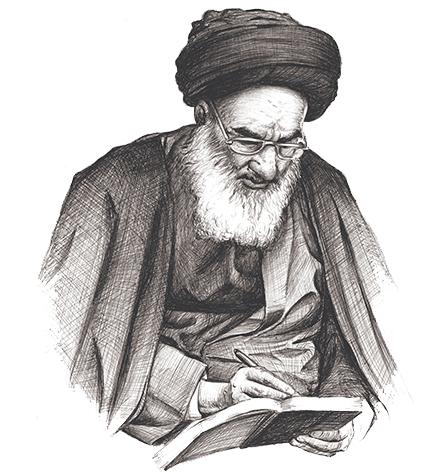Sayyid Sistani: What Is Ijtihad?
Translated by Shayan The following is a partial translation of Sayyid Sīstānī’s lectures on al-Ijtihād wa al-Taqlīd wa al-Iḥtiyāṭ, as transcribed by Sayyid Muḥammad ʿAlī Rabbānī[1]. It is hoped that it will provide the reader with a primer to the concept of ijtihād as well as insight into Sayyid Sīstānī’s intellectual approach. Discussion One: The … Read more










